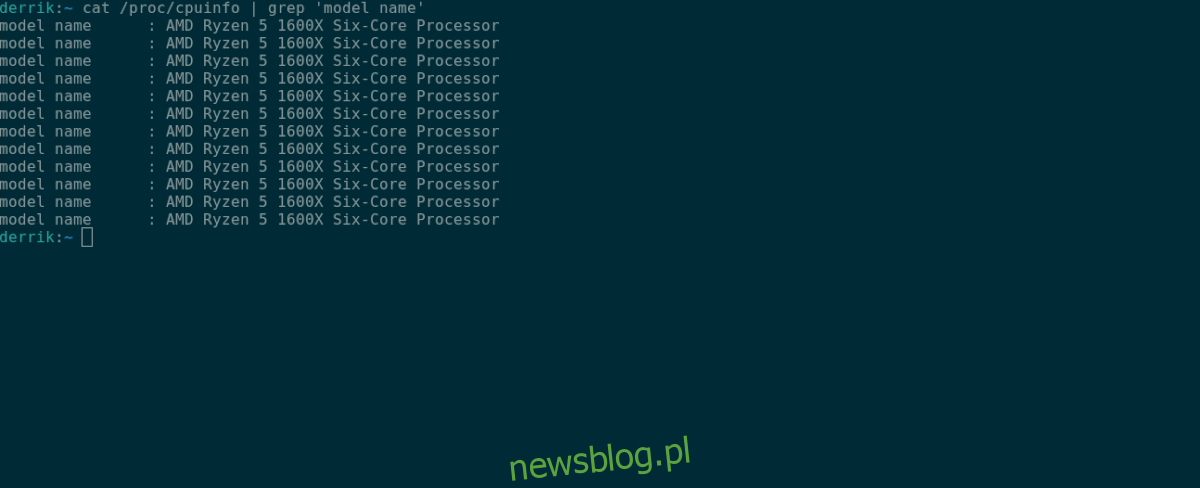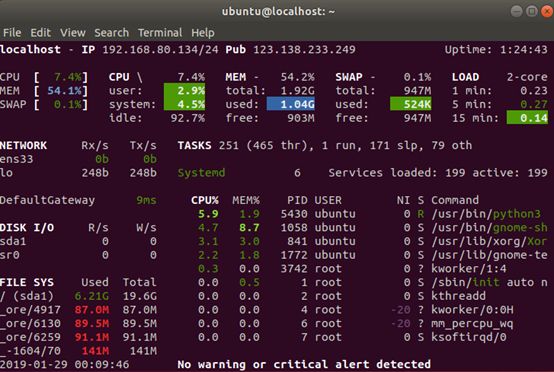
- #Chart of cpuinfo model vs name install#
- #Chart of cpuinfo model vs name software#
- #Chart of cpuinfo model vs name Bluetooth#
I used this method to install on my Raspberry Pis on the network.

This reference CPU Database will help you find the processor specs of your CPU or the specifications of the one you are looking to buy. This will install all the dependencies on your machine. Below you will find a processor list of the CPUs released in recent years. Model, Supported Technologies, Workload Affinity, AMD Ryzen AI. Note: when installing Glances make note of which version you are installing, you’ll need it later when setting up Home Assistant.įirst off, you can download a bash script that should do the complete installation. and AI Tools App Store Product Specifications Laptop Desktop Technologies. The installation page can be found here, but I’ll also walk through a couple installation methods. CPU Name: Intel Xeon Gold 5315Y Max MHz: 3600 Nominal: 3200 Enabled: 16 cores, 2 chips, 2 threads/core Orderable: 1,2 chips Cache L1: 32 KB I + 48 KB D on chip per core L2: 1.25 MB I+D on chip per core 元: 12 MB I+D on chip per chip Other: None Memory: 512 GB (16 x 32 GB 2Rx8 PC4-3200AA-R, running at 2933) Storage: 1 x 480 GB M.2 SATA SSD Other.
#Chart of cpuinfo model vs name software#
Glances provides a few different methods to install the software that you can choose from. In my case, I have one Ubuntu server on my network and a Raspberry Pi that I want to monitor. You get the model name in /proc/cpuinfo, I think it's up to you to translate that into the corresponding family name. To get started, we need to install Glances on the machines we care about monitoring. cat /proc/cpuinfo grep model name uniq Output: model name : Intel(R) Xeon(R) CPU E5-2680 v2 2. Real time measurement of each core's internal frequency, memory frequency. Memory type, size, timings, and module specifications (SPD).

Raspberry Pi standard 40 pin GPIO header (fully backwards compatible with previous boards) 2 × micro-HDMI ports (up to 4kp60 supported) 2-lane MIPI DSI display port.
#Chart of cpuinfo model vs name Bluetooth#
Once the data is in Home Assistant we can create automations, export the data into a database and add a UI. CPU-Z on x86 is a freeware that gathers information on some of the main devices of your system : Processor name and number, codename, process, package, cache levels. 1GB, 2GB, 4GB or 8GB LPDDR4-3200 SDRAM (depending on model) 2.4 GHz and 5.0 GHz IEEE 802.11ac wireless, Bluetooth 5.0, BLE. Model CPU Model Cores (each) Threads (each) FPU Package Arch RAM FS6400: Intel Xeon Silver 4110 x 2: 8: 16 Purley: DDR4 ECC RDIMM 32GB: FS3600: Intel Xeon D-1567: 12: 24 Broadwellnk: DDR4 ECC RDIMM 16GB: FS3410: Intel Xeon D-1541: 8: 16 Broadwellnkv2: DDR4 ECC RDIMM 16GB: FS3400: Intel Xeon D-1541: 8: 16 Broadwell: DDR4 ECC RDIMM 16GB: FS3017. Our objective is to monitor your systems with Glances and Home Assistant. Model name : Intel(R) Core(TM) i5-5200U CPU 2.Do you have any home servers running on your network? Maybe some Raspberry Pis? Wouldn’t it be great to know how they are all performing at any given time? Receive an alert when disk space is running low? Today’s article is going to focus on Glances, a cross-platform monitoring tool for your systems. Model name : Intel(R) Core(TM) i5-5200U CPU 2.20GHzįlags : fpu vme de pse tsc msr pae mce cx8 apic sep mtrr pge mca cmov pat pse36 clflush dts acpi mmx fxsr sse sse2 ss ht tm pbe syscall nx pdpe1gb rdtscp lm constant_tsc arch_perfmon pebs bts rep_good nopl xtopology nonstop_tsc aperfmperf eagerfpu pni pclmulqdq dtes64 monitor ds_cpl vmx est tm2 ssse3 sdbg fma cx16 xtpr pdcm pcid sse4_1 sse4_2 x2apic movbe popcnt tsc_deadline_timer aes xsave avx f16c rdrand lahf_lm abm 3dnowprefetch epb intel_pt tpr_shadow vnmi flexpriority ept vpid fsgsbase tsc_adjust bmi1 avx2 smep bmi2 erms invpcid rdseed adx smap xsaveopt dtherm ida arat pln ptsĪddress sizes : 39 bits physical, 48 bits virtual I want to know what does every single thing mean.


 0 kommentar(er)
0 kommentar(er)
